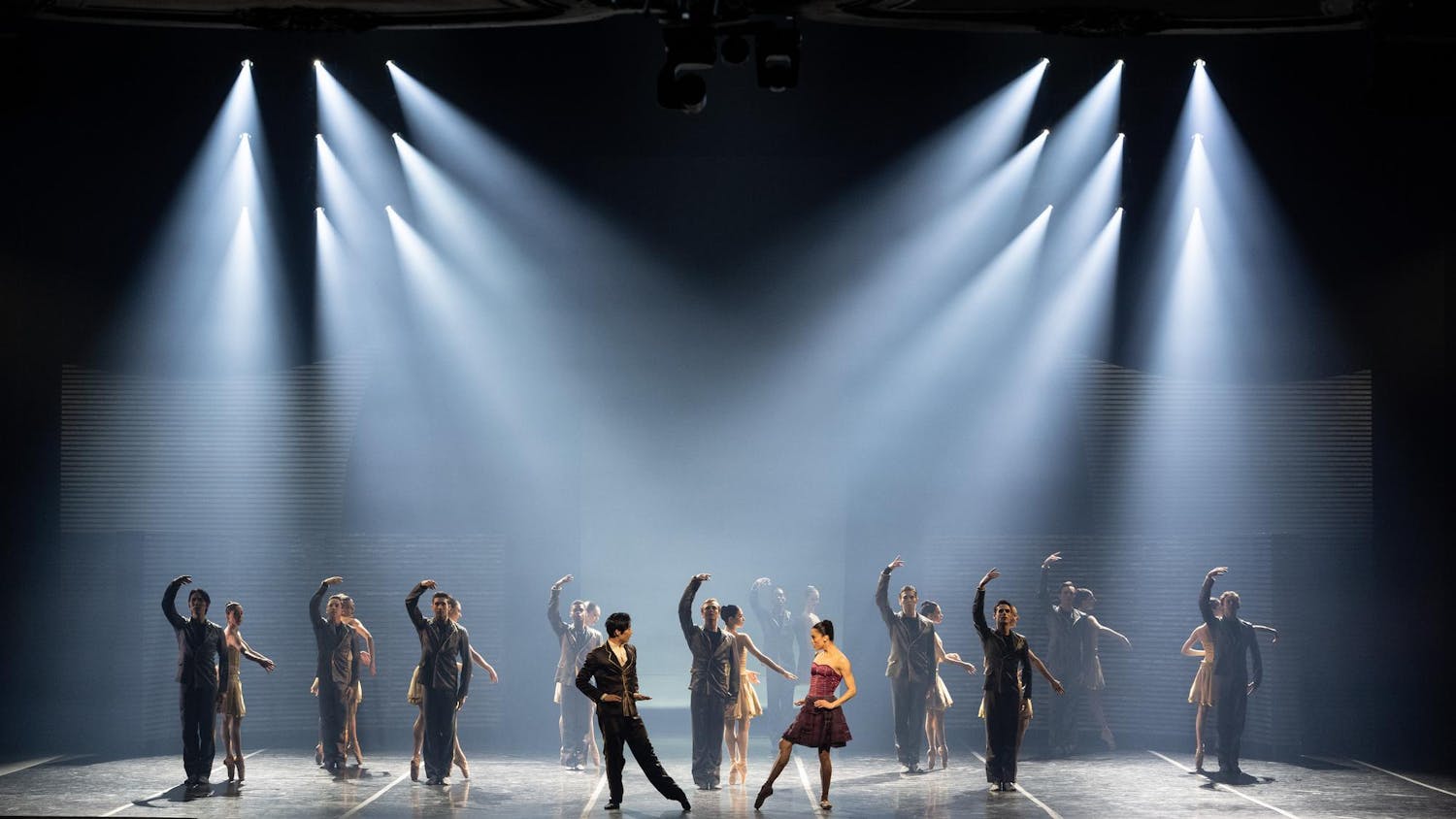As the chaos that is New York Fashion Week (NYFW) unfolds, the eyes of the industry are scrutinizing designers’ every move as they look for momentum that has been lacking in the past couple of seasons. Many designers, including Alexander Wang and Proenza Schouler, decided in recent years not to show in the Big Apple (though the latter returned this year). It seems that, for the brands that are still showing, there is a sense of expectation in gauging how successful the event will be in the future, relative to Paris, London or Milan.
A factor that could determine NYFW's fate is the designers’ and organizers’ willingness to embrace diversity and inclusivity on the runways this season. On top of simply doing what is right from a moral standpoint (that is, reflecting and representing the different identities that make up American society), it makes financial sense for brands to feature diversity on the runway. One show that has generated significant buzz in recent weeks is Rihanna’s Fenty line, which is scheduled to display Tuesday and will draw a close to the week's main events. Rihanna, who made headlines last year for her inclusive foundation shades, has been one of the most vocal proponents of greater diversity in the fashion world. In a recent interview with Mic that he reposted on his brand’s Instagram account, British designer Christian Cowan cited NYFW’s embrace of diversity as one of the main reasons that prompted him to show in New York instead of Paris or Milan, which he believes are "behind" because brands feature mostly thin, white models at their runway shows.
Last season, NYFW was the most diverse it has ever been, with 37 percent non-white models gracing its runways. Following the controversy surrounding Marc Jacobs' use of white, dreadlocked models in September 2016, the brand’s show a year later featured more non-white than white models — a hopeful sign that designers will increasingly embrace diversity on the catwalks.
Racial inclusivity is not the only point worth considering, as it is also crucial to contemplate that runways still almost exclusively feature thin models, despite efforts to promote body positivity in the media — Tess Holliday was recently pictured in a bikini on the cover of "Cosmopolitan." Designers like Becca McCharen-Tran, who founded her swimsuit brand Chromat in 2010, are fighting back against the lack of plus-sized models on New York runways.McCharen-Tran, who presented her Spring 2019 collection on Friday, cast a diverse set of models to wear her swimsuits, including breast cancer survivor Ericka Hart, amputee model Mama Cax and transgender model Maya Mones.
In 2018, diversity holds more weight than it ever has in the fashion world. For its September issue, "Vogue" featured Beyoncé on its front cover and Serena Williams on its back cover, two black women who have increasingly become fashion icons over the past few years. The Beyoncé photoshoot in "Vogue" was also the first cover shoot done by a black photographer, Tyler Mitchell. When interviewed by the magazine, Mitchell emphasized that for too long, black bodies "have been considered things" — something he is trying to change through his work.
At a time when fashion publications are starting to reflect the diversity of our contemporary society, it feels like runway shows are lagging behind on the trend of inclusivity. If NYFW designers want to stay relevant, they should lead the way among high fashion brands and champion diversity by casting models of color to walk their runways.
NY Fashion Week designers begin to embrace diversity to stay relevant

Models are pictured backstage at Chromat's fall 2018 runway show.





